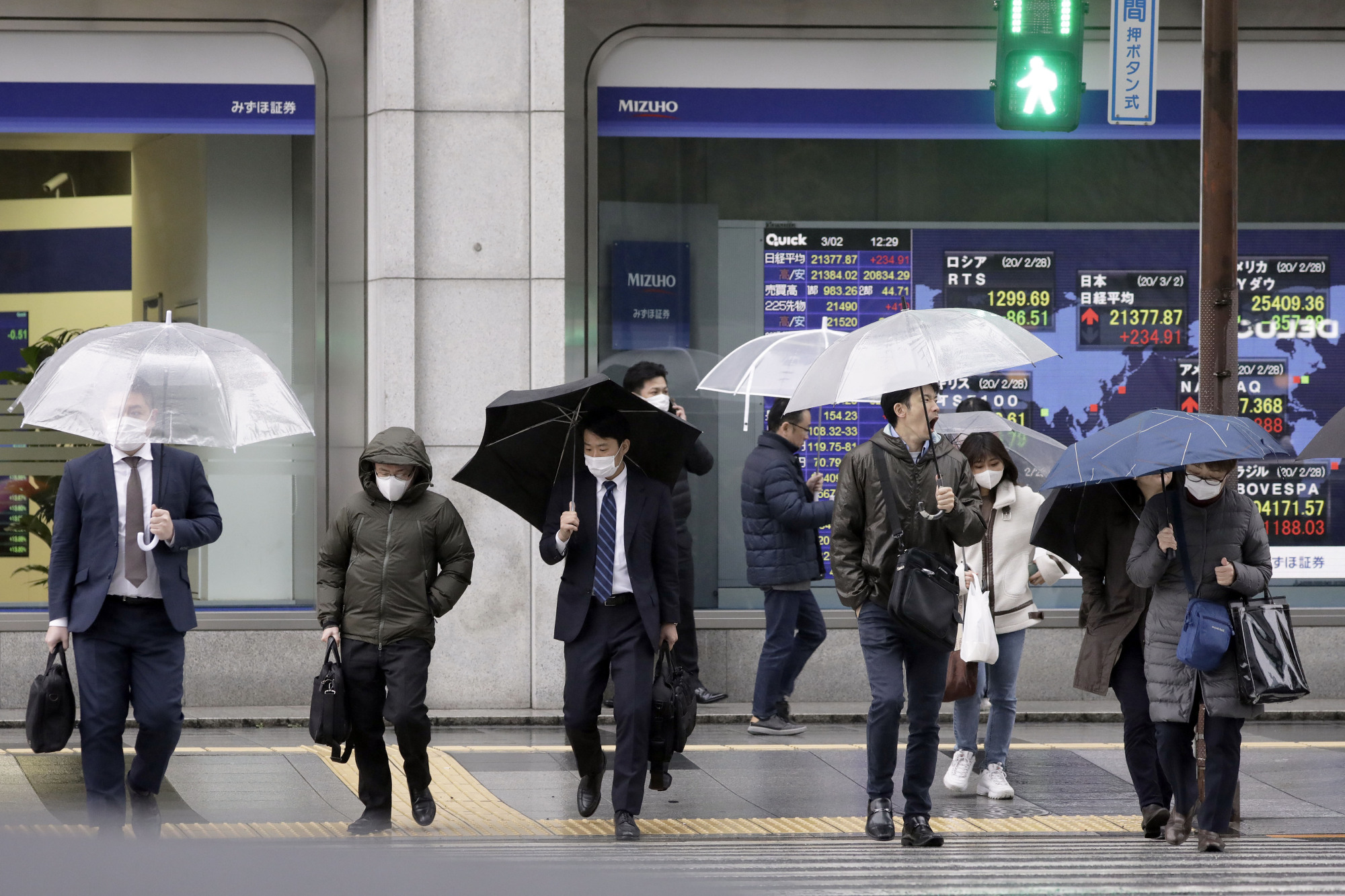Since taking office at the end of 2012, Prime Minister Shinzo Abe has transformed Japan's macroeconomic management. But the Abenomics experiment may soon start drawing to a close. Although Abe's term as head of the ruling Liberal Democratic Party does not end until autumn 2021, the succession debate has already begun. It is therefore an appropriate time to assess the effectiveness of his policies and what might come next.
The hallmark of Abenomics has been aggressive monetary easing under Bank of Japan Gov. Haruhiko Kuroda, whom Abe appointed in March 2013. Kuroda, previously one of the leading internationalists at the Finance Ministry, has been instrumental in rapidly expanding the BOJ's balance sheet — to a degree comparable to the BOJ's American and European counterparts. This represents a clear break from the policies of his predecessor, Masaaki Shirakawa, who belonged to the BOJ's mainstream conservative bureaucracy.
Under Kuroda's watch, Japan's average annual inflation between 2013 and 2019 was 1.1 percent, according to the International Monetary Fund. That represented a marked improvement from the previous five years under Shirakawa, when inflation averaged minus 0.2 percent. In fact, as Columbia University's Takatoshi Ito and Takeo Hoshi of the University of Tokyo argue in their recent book, "The Japanese Economy," the BOJ's tight monetary policy before Abe took office worsened Japan's deflation problems.



















With your current subscription plan you can comment on stories. However, before writing your first comment, please create a display name in the Profile section of your subscriber account page.